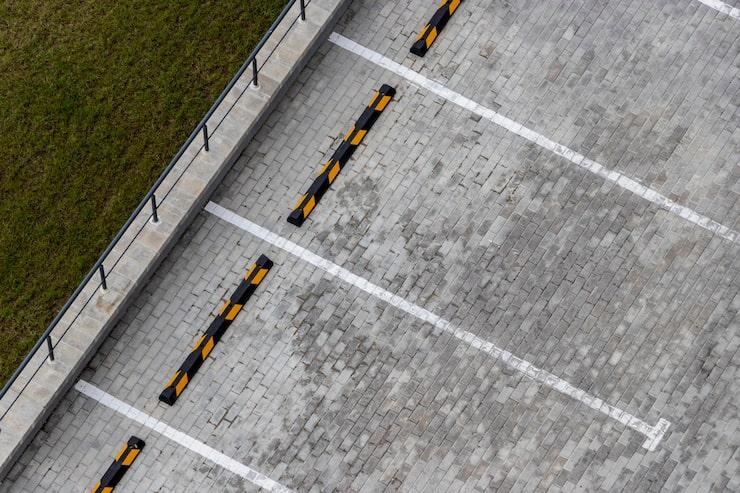Digital Fault Recorder: Enhancing Grid Monitoring and Fault Analysis

A Digital Fault Recorder (DFR) is a high-precision device used in power systems to monitor and record electrical disturbances such as faults, oscillations, switching events, and transients. These recordings are essential for post-event analysis, system diagnostics, and improving the reliability and safety of electrical grids.
DFRs are typically installed at key points in substations, transmission networks, and power plants. They capture analog and digital signals from the system and store them in a time-synchronized format. This data enables utility operators and engineers to understand the exact cause and sequence of events leading up to system failures or abnormal operations.
The growing complexity of modern power systems, driven by increasing load, distributed energy sources, and grid automation, is fueling the demand for digital fault recorders. Utilities are deploying DFRs to enhance situational awareness, reduce downtime, and comply with regulatory requirements related to power quality and disturbance reporting.
One of the major market drivers is the integration of renewable energy sources into the grid. Wind and solar farms introduce variability and new types of faults, making it essential for operators to have accurate, high-speed fault recording. DFRs help in detecting, localizing, and analyzing these disturbances, ensuring better control and grid stability.
Technology is rapidly evolving in the DFR segment. Modern systems are equipped with GPS synchronization, high-speed sampling, and multi-channel recording capabilities. They are also compatible with IEC 61850 protocols and can be integrated into SCADA and energy management systems (EMS) for real-time diagnostics and decision-making.
Moreover, digital fault recorders are becoming more compact, intelligent, and capable of remote monitoring. This reduces the need for on-site inspections and enhances predictive maintenance. Some advanced DFRs also include phasor measurement units (PMUs), which offer wide-area monitoring capabilities for interconnected grid networks.
Regionally, North America and Europe are leading the adoption of digital fault recorders due to stringent grid reliability standards and advanced infrastructure. However, Asia-Pacific is witnessing significant growth, especially in China and India, where large-scale transmission upgrades and substation automation projects are underway.
In conclusion, digital fault recorders are indispensable tools for grid operators aiming to maintain high standards of reliability, safety, and efficiency. As power systems become smarter and more complex, the role of DFRs in real-time monitoring and fault analysis will continue to grow in importance.








